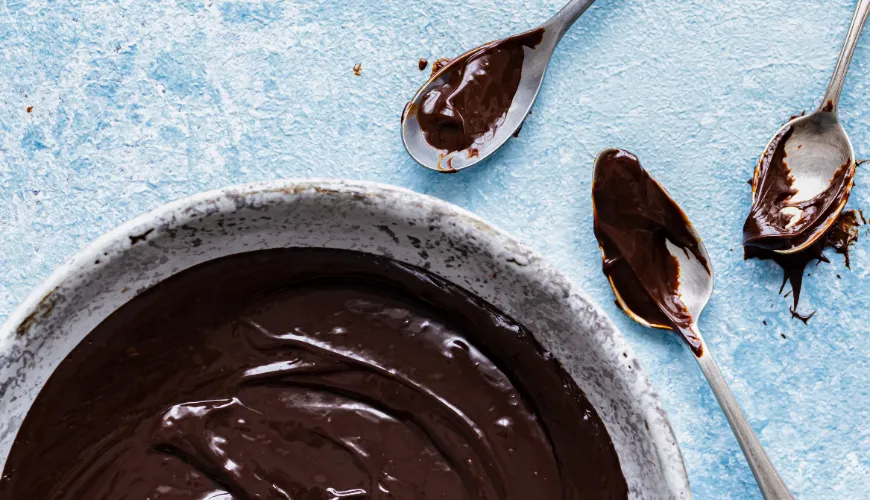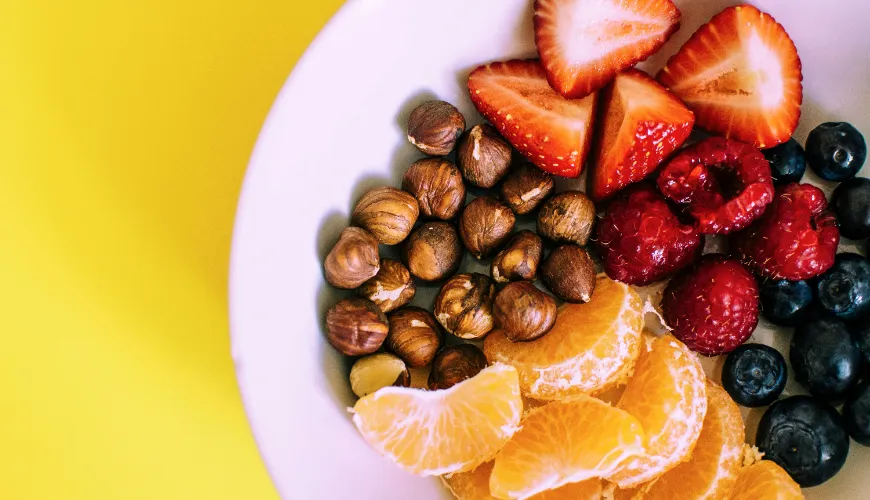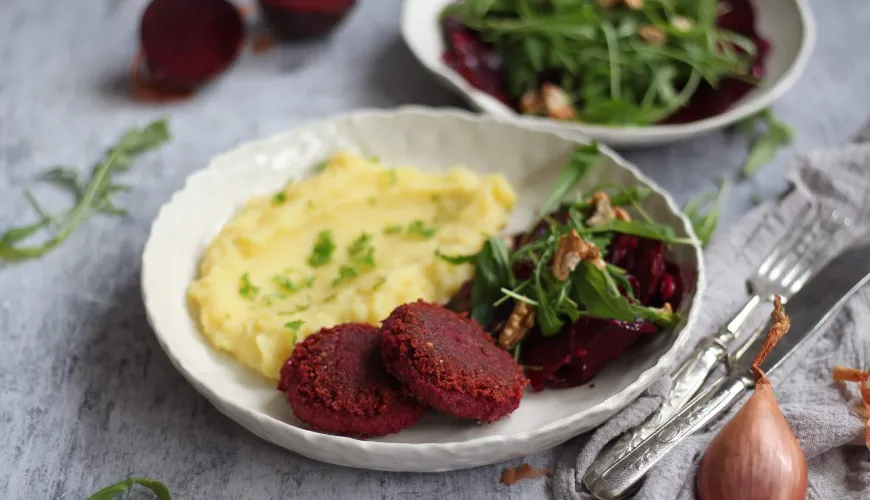
Tips for Perfectly Melted Chocolate in the Microwave

How to Melt Chocolate in a Microwave: The Secret to Perfectly Smooth Chocolate
Melting chocolate in a microwave might seem like a quick and simple way to achieve a perfectly smooth consistency, but it hides several pitfalls. Incorrect procedures can lead to burning, curdling, or compromising its taste and texture. However, if you know how to properly melt chocolate in a microwave, you'll achieve a smooth and glossy result that's perfect for desserts, glazes, or chocolate fondue.
What Type of Chocolate is Best for Melting?
Before we dive into the process itself, it's important to choose the right type of chocolate. Dark chocolate melts best because it contains a high percentage of cocoa butter, which melts evenly. Milk chocolate has a higher sugar content, making it more prone to overheating. White chocolate is the most challenging to melt – it contains less cocoa solids and a lot of dairy ingredients, which means it can easily burn and clump. Regardless of the type of chocolate, it's advisable to chop it into smaller pieces before melting. This allows for more even heating and reduces the risk of overheating certain parts.
How to Properly Melt Chocolate in a Microwave?
The actual process of heating chocolate in a microwave requires patience and the right technique. The microwave works by heating water and fat molecules, so the heat doesn't distribute evenly in the chocolate. Therefore, it's crucial to heat the chocolate gradually and stir it regularly.
It's best to choose a lower power setting, ideally around 500 W, to prevent the chocolate from burning. Place the bowl of chocolate in the microwave and heat it in short intervals – ideally 20 to 30 seconds. After each interval, stir the chocolate thoroughly. Even if it seems like it's not fully melted, stirring helps distribute the heat evenly and speeds up the melting process.
Once most of the chocolate is melted, it's a good idea to stop further heating and let it melt using residual heat. This helps maintain its smooth texture and prevents overheating, which could lead to a loss of shine or undesirable graininess.
What to Watch Out for When Melting Chocolate?
When melting chocolate in a microwave, there are several common mistakes that can negatively affect the outcome. One is using too high a power setting or long heating times without stirring. A microwave doesn't distribute heat evenly, so some parts of the chocolate may overheat and burn while others remain solid.
Another issue is contact between the chocolate and water. Even a small amount of moisture can cause it to seize and lose its smooth texture. Therefore, it's important to use perfectly dry bowls and spatulas. If the chocolate seizes, it can be partially saved by adding a few drops of vegetable oil or cocoa butter and gently stirring.
Alternative Methods for Melting Chocolate
If you don't have a microwave available or are afraid of overheating the chocolate, you can use other methods. One of the most reliable is melting in a double boiler, which is slightly slower but significantly reduces the risk of burning.
This method involves placing a bowl with chocolate over a pot of simmering water. It's important that the bowl doesn't touch the water's surface because direct contact with boiling liquid could cause too rapid melting and subsequent seizing of the chocolate. The heat in this case spreads gently and gradually, allowing for easier control over the entire process. The chocolate must be continuously stirred to melt evenly and avoid forming lumps.
Another option is melting chocolate directly on the stove at a very low temperature. However, this method is more suitable for experienced cooks because the chocolate can easily overheat. If you choose this method, it's crucial to use a thick-bottomed pot and constantly stir to prevent the chocolate from burning.
How to Use Melted Chocolate?
Once your chocolate is melted to the desired consistency, a wide range of uses opens up. You can use it to drizzle over cakes, gingerbread, or cookies, add it to homemade chocolate mousse, or let it set in molds for pralines. It's also ideal for making homemade hot chocolate – simply mix it with heated milk and season to taste.
The right technique for melting chocolate in a microwave or by other methods allows you to easily and quickly achieve perfect results without complicated preparation. Just follow the basic rules and be careful of overheating or contact with water. With a bit of patience, your chocolate will always be smooth, silky, and perfectly prepared for any sweet adventure.

